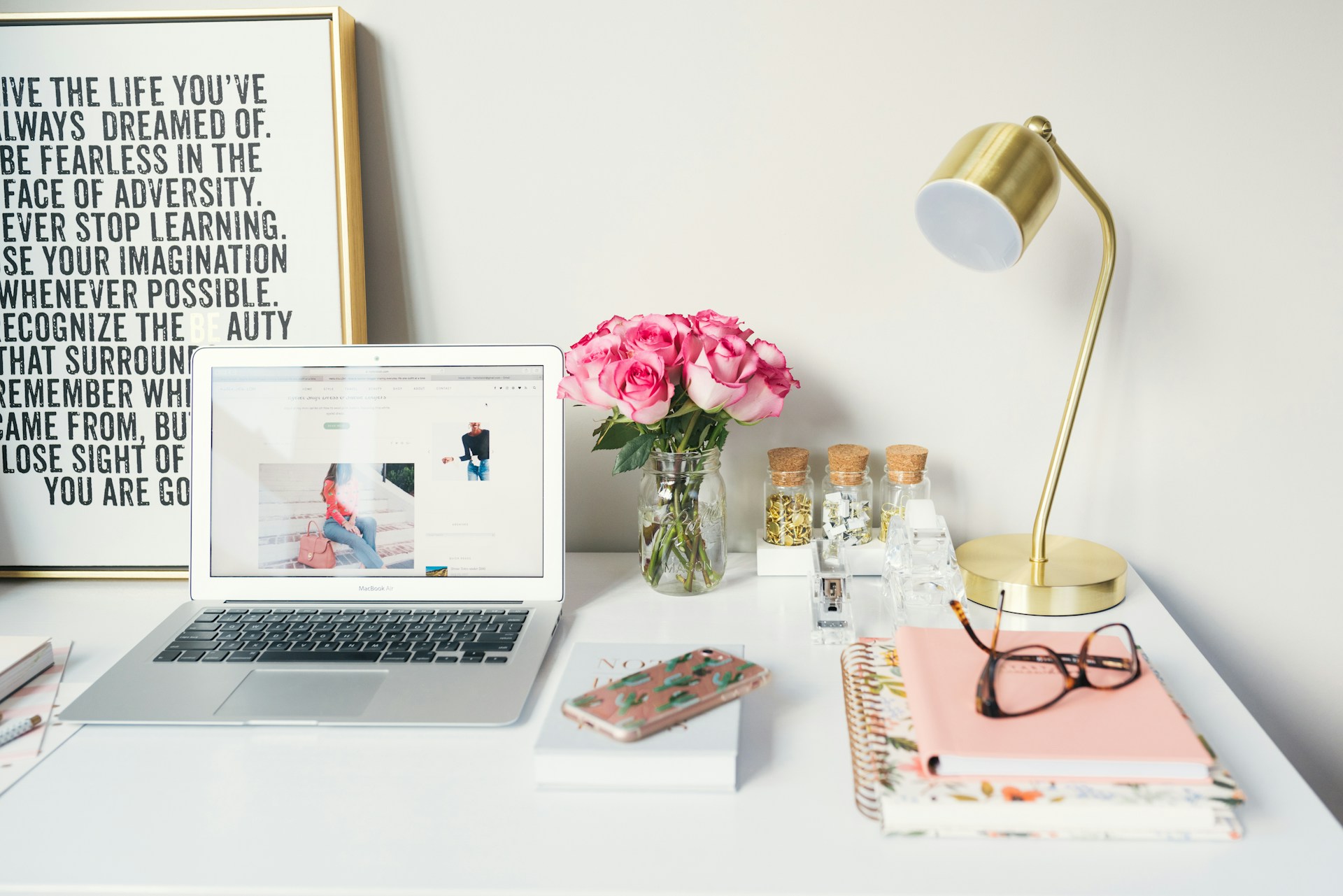When it comes to being productive, we often look for big solutions—new apps, time management strategies, or dramatic workspace overhauls. But sometimes the real game changers are already sitting right in front of you.
Your desk is more than just a surface to work on. It’s an environment that can either support your focus—or quietly sabotage it.
The key is learning to recognize the small, overlooked items that can improve comfort, cut distractions, and help you get more done with less effort. Let’s take a look at what might already be helping (or hindering) your workday.
Rethink the Tools You Use Every Day
The objects you interact with most—your keyboard, mouse, phone, and monitor—have a bigger impact on your workflow than you might think.
The way they’re arranged, how easy they are to access, and whether they’re actually comfortable can influence how long you can stay focused without fatigue.
One simple upgrade? Use a MagSafe case for your phone so you can keep it attached to a magnetic stand on your desk. This helps keep your phone in sight without having it lie flat where it’s easy to lose track of—or get distracted by.
Also, take a look at your lighting. A good desk lamp with adjustable brightness and a warm tone reduces eye strain, especially if you’re working into the evening.
Organize for Action, Not Aesthetics
A clean desk might look nice, but an efficient desk feels better. That doesn’t mean everything has to be hidden away. It means your most-used items should be within easy reach and your space should work the way you work.
Consider keeping a few categories of tools on the desk: capture tools (like pens and sticky notes), focus tools (like noise-canceling headphones or timers), and reference tools (like notebooks, planners, or essential documents). These items don’t need to be expensive—they just need to be close and ready to use.
It’s about creating a space that reduces decision fatigue. The fewer small obstacles between you and your task, the easier it is to stay in flow.
Make Comfort a Priority
Productivity and comfort are closely linked. If your chair leaves you shifting constantly or your wrist starts hurting after a few hours, your ability to focus drops—sometimes without you even realizing it.
Check your setup: is your screen at eye level? Are your arms positioned comfortably while typing? Even adding a small footrest or a lumbar pillow can help improve posture and reduce physical strain.
And don’t underestimate the power of temperature. A desk fan in the summer or a heated mug in the winter can help keep you focused and reduce those little moments where discomfort pulls you out of work mode.
Don’t Forget About Your Break Space
Your desk isn’t just where you work—it’s also where you pause, stretch, and reset. Having a small section of your workspace that signals rest can help keep your brain from burning out.
This might be as simple as keeping a stress ball or a calming object nearby. A plant or framed photo can also give your eyes a pleasant place to land when you need a break from the screen.
These aren’t distractions—they’re recovery tools. The more you use them intentionally, the better your focus will be when you return to the task at hand.
Small Shifts That Support Bigger Wins
Productivity isn’t always about adding more. It’s often about rearranging what you already have to better serve your goals. Your desk isn’t just a piece of furniture—it’s your command center.
By paying attention to the details, making small upgrades, and organizing around function rather than just appearance, you can create a space that quietly supports your work without demanding constant effort.



Leave a Reply